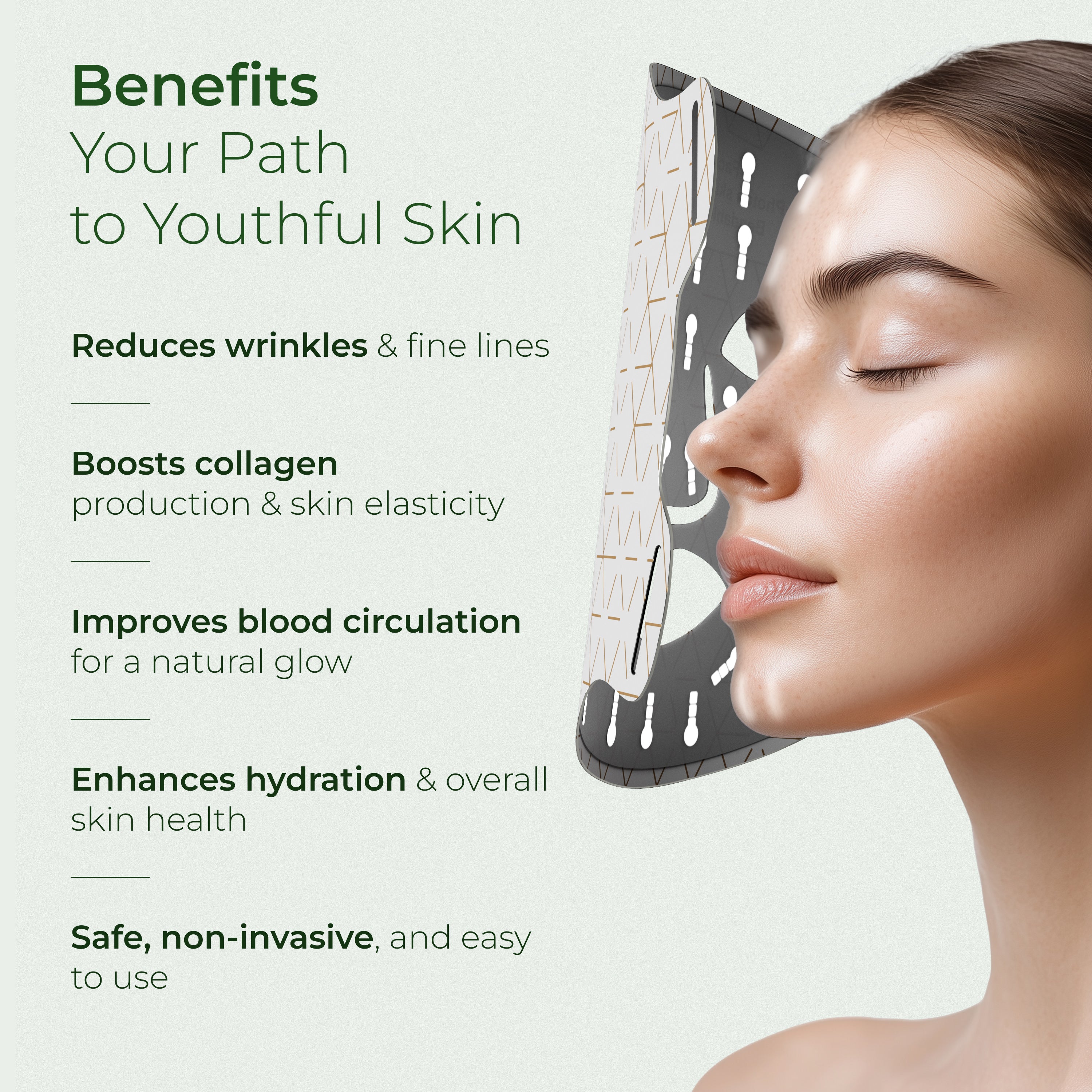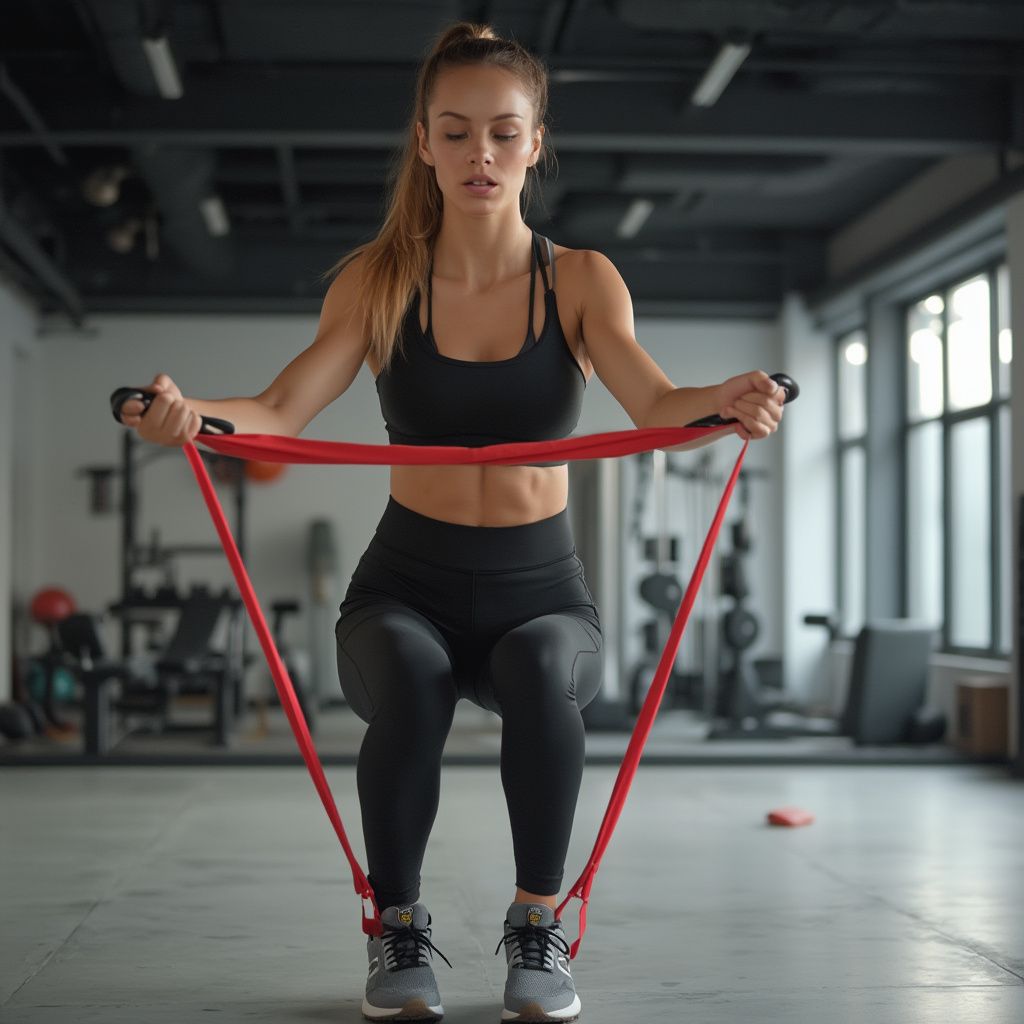Resistance bands are a versatile tool that can enhance physical therapy and fitness routines for people at all levels. From beginners to advanced users, these bands are ideal for improving flexibility, building strength, and aiding rehabilitation. But how do you choose the right physical therapy resistance bands to meet your needs? Here’s a guide to help you navigate the options.
Understanding the Basics: Types of Physical Therapy Resistance Bands
There are several types of resistance bands to consider:
- Loop Bands: These are continuous, circular bands ideal for lower body exercises and strength training. They are often used as glute bands or booty bands for women and men.
- Flat Elastic Bands: Long, flat exercise bands for physical therapy are perfect for stretching and rehabilitation. They’re ideal for physical therapy and improving flexibility.
- Tube Bands: These bands often come with handles or door anchors, making them versatile for resistance training and strength workouts.
- Thera-Band Resistance Bands: A popular choice for physical therapists, these bands are color-coded to indicate different resistance levels.
- Non-Latex Stretch Bands: For those with latex sensitivity, these elastic stretch bands, long flat exercise bands are a great option. They provide the same benefits as latex bands but without the risk of allergic reactions.
Each type serves specific purposes, so understanding your therapy or fitness goals is key to making the right choice.
Determining Your Resistance Levels
Resistance bands come in various levels, from x-light to heavy resistance. Beginners might start with x-light or light resistance to avoid strain, while advanced users may prefer heavy resistance for more challenging workouts. A resistance band set often includes multiple levels, making it suitable for users from beginner to advanced stages of fitness and rehabilitation.
Color-coded bands, such as those found in professional resistance bands, help easily identify the resistance level. This feature is especially useful in therapy exercise and strength training routines.
Material Matters
Latex bands are durable and provide excellent elasticity, making them a popular choice. However, if you’re sensitive to latex, nonlatex exercise bands are an excellent alternative. Manufactured using latex-free materials, they ensure safety and comfort during your workouts.
Flat elastic bands and stretch bands for physical therapy are often available in both latex and non-latex options. Checking customer reviews can help you determine which material suits your needs best.
Features to Look For
When choosing physical therapy bands, consider the following features:
- Door Anchor: A door anchor adds versatility, allowing you to perform various resistance exercises.
- Carry Bag: A carry bag makes it convenient to transport your bands for home fitness or gym use.
- Length: Bands like 5ft or 6 yard options offer flexibility for different exercises, such as stretching and rehabilitation.
- Accessories: Bands with handles or legs ankle straps for resistance provide added functionality for a range of exercises.
- Dispenser and Yard Rolls: For professional use, such as in clinics, a dispenser or 25-yard roll may be more practical.
Practical Applications
Physical therapy resistance bands can be used for:
- Rehabilitation: Ideal for recovering from injuries, these bands improve flexibility and strengthen muscles gradually.
- Strength Training and Yoga Starter: Resistance bands for men and women help build strength and improve posture in yoga and Pilates sessions.
- Home Fitness: Workout bands resistance bands are great for creating a home gym routine. They’re lightweight, portable, and easy to store.
- Targeted Exercises: Bands resistance bands for legs, resistance loop exercise bands, and pull-up bands are excellent for specific body parts.
Tips for Choosing the Right Band Set
- Consider Your Goals: Whether you’re looking for exercise bands for physical therapy or for strength training, choose bands that align with your fitness objectives.
- Evaluate Durability: High-quality fitness bands last longer and provide consistent resistance.
- Seek Expert Advice: Physical therapists can recommend the best stretch bands for working specific muscles during therapy.
- Try Color-Coded Bands: A theraband or thera-band system simplifies resistance selection.
- Start Small: A set of 3 bands with varying resistance levels is a great way to begin.
Why Resistance Bands Are Ideal for Physical Therapy
Resistance bands are ideal for physical therapy due to their versatility, affordability, and ease of use. They are lightweight, making them perfect for home fitness and travel. Elastic exercise bands and professional elastic band sets provide a safe, effective way to strengthen muscles, improve flexibility, and recover from injuries.
Whether you choose flat exercise bands for physical therapy or resistance tubes for more advanced workouts, incorporating these bands into your routine can yield significant benefits. Bands with door anchors or other accessories add versatility, while non-latex options ensure safety for those with sensitivities.
Conclusion
Choosing the right resistance bands for physical therapy depends on your specific needs, goals, and preferences. From latex-free exercise bands to resistance loop exercise bands, the options are vast. Remember to start with a resistance level that suits your fitness level, and consult physical therapists if needed.
Incorporating the right resistance bands into your exercise workout routine can transform your fitness journey, making it more effective and enjoyable. With the right selection, you can achieve your rehabilitation and strength training goals with ease.
The Pulse Anti-wrinkle Electric Massager is an innovative device designed to combat age-related skin changes. It uses microcurrent technology to stimulate collagen production and improve blood circulation, which promotes skin rejuvenation and repair. You can buy this device at a favorable price in our store.
Key Takeaways
- Resistance bands are versatile tools for physical therapy and fitness.
- Consider types and material when choosing.
- Look for features like door anchors, carry bags, and length options.
- Consult physical therapists for recommendations tailored to your needs.
- Start with a set of 3 bands to explore different resistance levels.












Deixe um comentário
Este site está protegido pela Política de privacidade da hCaptcha e da hCaptcha e aplicam-se os Termos de serviço das mesmas.